Unlock the Secrets of Effective Cane Corso Crate Training
Are you a proud Cane Corso owner, but struggling with cane corso crate training? Fear not! Crate training your Cane Corso might seem like a challenge, but with the right techniques and patience, you can unlock the secrets of effective cane corso crate training. This powerful and intelligent breed requires a unique approach to crate training, but the rewards are worth the effort. So, get ready to embark on this journey to help your Cane Corso become a well-behaved and confident companion.
In this blog post, we’ll guide you through understanding your Cane Corso’s crate training needs, starting crate training early, employing effective cane corso crate training techniques, troubleshooting common issues, and balancing crate training with exercise and socialization. By the end of this blog post, you’ll have the knowledge and confidence to tackle cane corso crate training your Cane Corso like a pro.
Key Takeaways
- Understand your Cane Corso’s crate training needs including size and temperament.
- Create a safe space with positive reinforcement, gradual introduction, and consistency.
- Balance crate training with daily exercise, mental enrichment activities, and social interaction for optimal growth and development of the dog.
Understanding Your Cane Corso’s Crate Training Needs
Cane Corsos are a distinctive and demanding breed, needing specific attention for crate training. It’s beneficial to comprehend your Cane Corso’s size, temperament, and the significance of creating a secure area within the crate to guarantee a successful crate training experience for both you and your dog. Providing a comfortable and secure environment will help your Cane Corso become a well-behaved family member, preventing unwanted behaviors and enhancing the bond between you and your dog.
Once you have a clear understanding of your Cane Corso’s crate training needs, you’ll be better equipped to create a tailored training plan that will help your dog feel secure and comfortable in their crate. Therefore, it’s time to examine the factors to consider when crate training your Cane Corso, beginning with size considerations.
Size Considerations
Selecting the correct crate size for your Cane Corso is key to their comfort and wellbeing during crate training. Cane Corsos can grow to be quite large, with some adult dogs weighing over 100 pounds. To determine the appropriate crate size, measure the length of your Cane Corso from nose to tail and their height from shoulder to floor. Add 4-6 inches to these measurements to obtain the minimum required crate size for your dog.
The crate should not be cramped; it should give your Cane Corso enough room to stand up, turn around and lie down comfortably. It should provide a comfortable spot for your pup to rest. Keep in mind that while your Cane Corso is still a puppy, you may need to adjust the crate size as they grow. A crate that is too small can cause discomfort and stress for your Cane Corso, so always prioritize their comfort when selecting a crate.
Temperament Factors
Cane Corsos are recognized for their strength, intelligence, and guardian instincts. Commencing socialization and obedience training from an early age is key to developing a well-rounded and confident Cane Corso Dogs. When crate training your Cane Corso, it’s important to take their temperament into consideration and incorporate socialization and consistent training to help them develop proper behaviors. Learn more about the Cane Corso at the Cane Corso Association of America.
90% of behavioral and temperament issues in Cane Corsos are a result of human influence. Such issues arise from the environment and guidance provided by cane corso owners. This highlights the importance of being patient and consistent with your training, as well as exposing your Cane Corso to various environments, people, and animals to help them become well-adjusted members of the family.
Safe Space Creation
Establishing a secure and comfortable area within the crate is necessary for your Cane Corso to feel safe and relaxed. Here are some tips to help your Cane Corso feel safe and secure during crate training:
- Place the crate in an area with supervision, such as the family room or kitchen.
- Provide a soft bed for your Cane Corso to lie on.
- Use wall-to-wall carpeting in the crate to make it more comfortable.
- Attach a water bottle to the crate so your Cane Corso can stay hydrated.
- Provide chew toys to keep your Cane Corso entertained and occupied.
By following these tips, puppy owners can create a cozy and secure environment for their lovable little puppy, especially if it’s a Cane Corso, in the crate.
To establish a positive association with the crate, offer your Cane Corso meals and treats inside the crate. This will help them become accustomed to the space and view it as a pleasant environment. With a comfortable and secure crate, your Cane Corso will be more likely to accept and enjoy their crate training experience.
Starting Crate Training Early
Initiating crate training early in your Cane Corso’s life can yield several advantages, such as socialization and preventing separation anxiety. Puppy training should begin at 8 weeks old, and it’s not uncommon for puppy puppies to be puppy shy during this stage. Commands like “sit,” “stay,” “down” and “heel” are fundamental to the training process. Early crate training can help your Cane Corso form positive habits and become a well-mannered member of your family. To make this process smoother, having the right puppy stuff is essential.
By introducing your Cane Corso to the crate early, you can help them become accustomed to their new environment and develop proper social skills. The following two sections will cover the significance of socialization and preventing separation anxiety during crate training. Although it is best to start training a puppy, older dogs can be crate trained as well.
Socialization Benefits
Early crate training plays a significant role in socializing your Cane Corso, helping them become a well-behaved and confident family member. Socialization, as a part of dog training, helps your dog acclimate to different people, animals, and environments, thus preventing potential issues such as aggression, destructiveness, and disobedience.
To ensure proper socialization, expose your Cane Corso to various sights, sounds, and other animals during their crate training. This will help them learn how to interact with others and avoid behavioral problems later in life. Remember, the key to a successful socialization process is to start early and be consistent.
Preventing Separation Anxiety
Crate training can play a vital role in preventing separation anxiety in your Cane Corso. Separation anxiety is characterized by fear and distress when your dog is away from you and can manifest through behaviors such as:
- pacing
- drooling
- puppy bites
- destructive behavior
By teaching your Cane Corso to feel secure in their crate, you can reduce their anxiety when left alone. Establishing a consistent routine and structure during crate training can also help mitigate separation anxiety and ensure a well-adjusted Cane Corso.
Crate Training Techniques for Cane Corsos
Now that you comprehend the distinctive needs of your Cane Corso and the significance of initiating crate training early, we’ll proceed to effective crate training techniques. Utilizing positive reinforcement, gradual introduction, and consistency in your crate training approach can result in a successful experience for both you and your Cane Corso.
These techniques will help you create a positive and comfortable environment for your Cane Corso during crate training, ultimately leading to a well-adjusted and happy dog. We’ll examine each crate training technique in greater depth.
Positive Reinforcement
Positive reinforcement is a powerful tool in crate training your Cane Corso. By using treats, praise, and toys to reward desired behaviors, you can encourage your dog to behave well and foster a strong bond with them.
Feeding your Cane Corso in their crate and providing treats when they exhibit calm behavior can help create a positive association with the crate. Remember to be patient and consistent when using positive reinforcement, as this will help your Cane Corso develop proper crate etiquette and enjoy their time in the crate.
Gradual Introduction
Gradual introduction is a vital component of successful crate training for your Cane Corso. Start by crate train your dog to stay in the crate for short periods of time and gradually increase the duration as they become more comfortable.
To ease the transition, create a positive association with the crate by placing treats or toys inside it. As your Cane Corso’s comfort level increases, you can extend the time they spend in the crate while continuing to reward them for calm behavior. Patience and consistency are key to a successful gradual introduction.
Consistency and Routine
Maintaining consistency and routine in your Cane Corso’s crate training is crucial for their success. Consistency in crate training helps form positive behaviors and habits, provides clarity of expectations, and prevents separation anxiety.
To establish a consistent crate training routine for your Cane Corso, follow these steps:
- Feed your Cane Corso in the crate to associate it with positive experiences.
- Gradually increase the time they spend in the crate, starting with short periods and gradually extending the duration.
- Reward your Cane Corso for calm behavior in the crate, such as lying down or staying quiet. By following a consistent routine, your Cane Corso will become more comfortable and accepting of their crate, ultimately leading to a successful crate training experience.
Troubleshooting Common Crate Training Issues
Despite your best efforts, you may still encounter some common crate training issues with your Cane Corso, such as barking, crate soiling, and resistance. It’s important to address these issues with patience and understanding, as they can be signs of discomfort or anxiety in your dog.
In the following sections, we’ll provide some tips and techniques for troubleshooting these common crate training issues, helping you and your Cane Corso overcome these challenges and enjoy a successful crate training experience.
Barking and Whining
Barking and whining can be troublesome during crate training, but with gradual introduction and positive reinforcement, you can address this behavior effectively. Gradually increase the time your Cane Corso spends in the crate, rewarding them for calm behavior and ignoring barking or whining.
Providing toys or puzzle toys in the crate can help keep your Cane Corso engaged and diverted from barking or whining. Remember, patience and consistency are key in addressing barking and whining during crate training.
Crate Soiling
Crate soiling can be a frustrating issue during crate training, but with proper potty training and a consistent schedule, you can prevent this problem. Establishing a consistent potty schedule can help your Cane Corso learn when and where to eliminate.
Rewarding successful potty breaks outside will encourage your Cane Corso to continue this behavior, while ignoring accidents in the crate will prevent them from developing a negative association with the crate. With patience and consistency, you can prevent crate soiling in your Cane Corso.
Crate Resistance
Crate resistance can be a challenge during crate training, but by making the crate a positive and comfortable space for your Cane Corso, you can overcome this issue. Here are some tips to ensure your Cane Corso’s comfort in the crate:
- Provide a soft bed for them to lie on.
- Add wall-to-wall carpeting to make the crate feel cozy.
- Attach a water bottle to the crate so they have access to water.
- Provide chew toys to keep them entertained.
By implementing these strategies, you can help your Cane Corso feel more comfortable and relaxed in their crate.
Positive reinforcement techniques, such as treats and praise, can help your Cane Corso feel more at ease in the crate and reduce resistance. By addressing crate resistance with patience and understanding, you can help your Cane Corso accept and enjoy their crate training experience.
Balancing Crate Training with Exercise and Socialization
Alongside crate training, it’s necessary to provide your Cane Corso with regular exercise, mental enrichment, and social interaction for a balanced and fulfilling life. A healthy balance of these activities will help your Cane Corso develop proper behaviors and habits, fostering a strong bond between you and your dog.
The next three sections will cover the significance of daily exercise, mental enrichment, and social interaction for your Cane Corso’s comprehensive development and wellbeing.
Daily Exercise
Daily exercise is key to your Cane Corso’s physical health and mental stimulation. It is suggested that a Cane Corso should receive a minimum of 30 minutes of vigorous exercise daily, although additional activity may be necessary depending on their activity level.
Providing regular exercise can help your Cane Corso in the following ways:
- Expending energy
- Reducing anxiety
- Maintaining a calm and focused state of mind
- Making them more receptive to crate training
Engaging in daily walks, purposeful activities, and interactive games can help keep your adult dog, specifically a Cane Corso, physically healthy and mentally stimulated.
Mental Enrichment
Mental enrichment is necessary to keep your Cane Corso engaged and happy. Providing puzzle toys, training, and playtime can help stimulate their cognitive abilities and prevent boredom.
Incorporating mental enrichment activities into your Cane Corso’s daily routine can help reduce anxiety and foster overall mental health. By offering a variety of mental enrichment opportunities, you can ensure that your Cane Corso remains engaged and mentally stimulated throughout their life.
Social Interaction
Social interaction is key to assisting your Cane Corso develop appropriate social skills. Exposing your Cane Corso to various environments, people, and animals will help them become well-adjusted members of the family.
Encouraging social interaction with other dogs and people can help your Cane Corso maintain mental stimulation and engagement, preventing boredom and destructive behaviors. By providing regular social interaction, you can help your Cane Corso develop into a well-behaved and confident companion.
Summary
In conclusion, crate training your Cane Corso may seem like a daunting task, but with the right approach and understanding of their unique needs, you can unlock the secrets of effective crate training. By incorporating techniques such as positive reinforcement, gradual introduction, and consistency, you can create a positive and comfortable space for your Cane Corso in their crate. Additionally, balancing crate training with exercise, mental enrichment, and social interaction will ensure a well-rounded and happy Cane Corso.
With patience, dedication, and the knowledge you’ve gained from this blog post, you are now equipped to tackle crate training your Cane Corso with confidence. Remember, the key to success is understanding your Cane Corso’s needs and providing a consistent and positive training environment. Your efforts will be rewarded with a well-behaved and loving companion.
Frequently Asked Questions
Should Cane Corso be crate trained?
Crate training is essential for Cane Corsos and should be started as soon as possible. It’s important to not force the puppy in the crate, but provide them with a toy or bone to get comfortable with it on their own.
How big of a crate do I need for a Cane Corso?
For a Cane Corso, an XL or XXL crate with dimensions of at least 48 inches x 30 inches x 33 inches is recommended for a full grown dog. Heavy duty crates are best to ensure your pup’s comfort and safety.
Why is it so hard to train a Cane Corso?
Training a Cane Corso can be difficult due to their strong temperament, long memory, and natural prey drive. Furthermore, they require consistent, firm training from an early age to ensure obedience and proper behavior.
What not to do with a Cane Corso?
Underground electronic fences are not suitable for Cane Corsos and they should not be given full access to the house until trustworthy maturity is reached, as their size makes them particularly destructive chewers.
How early should I start crate training my Cane Corso?
Start crate training your Cane Corso as early as 8 weeks old for best results.



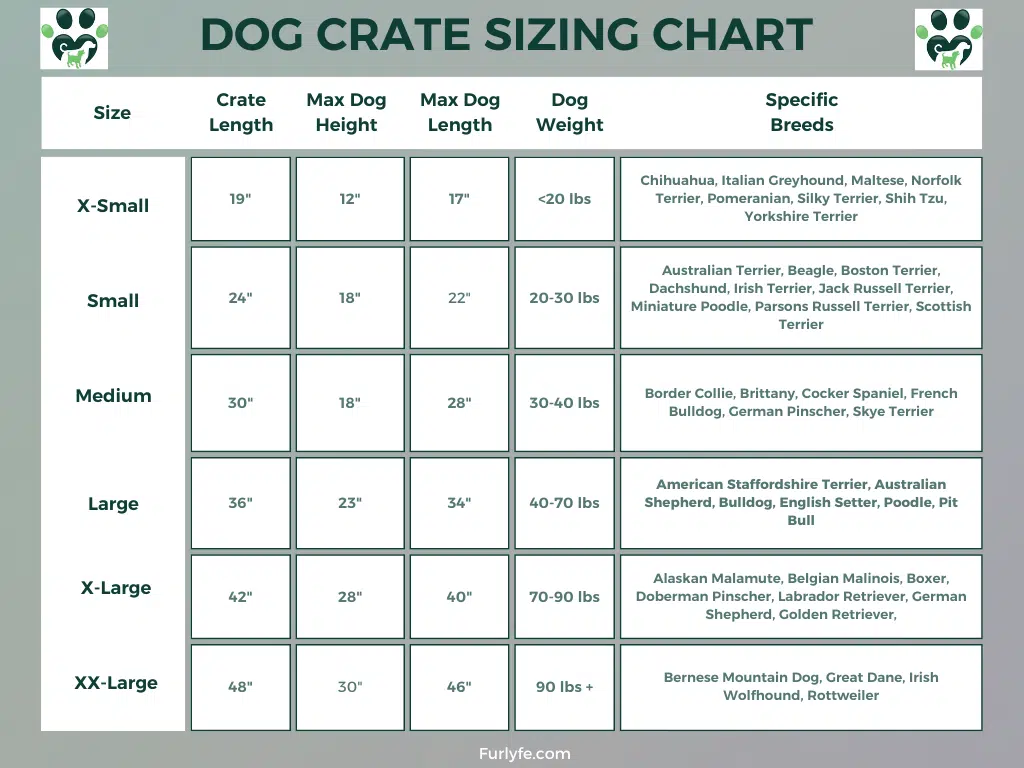

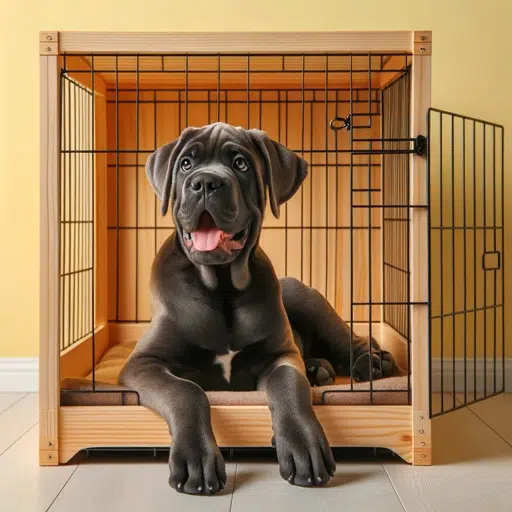
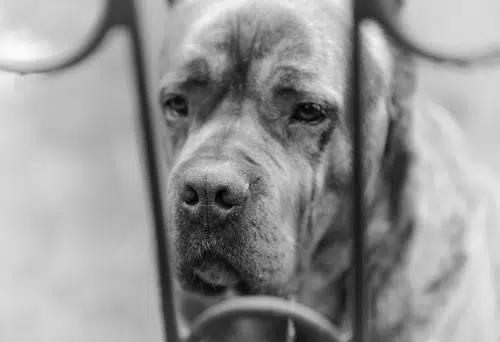
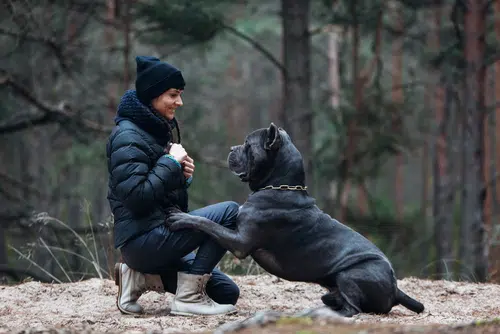


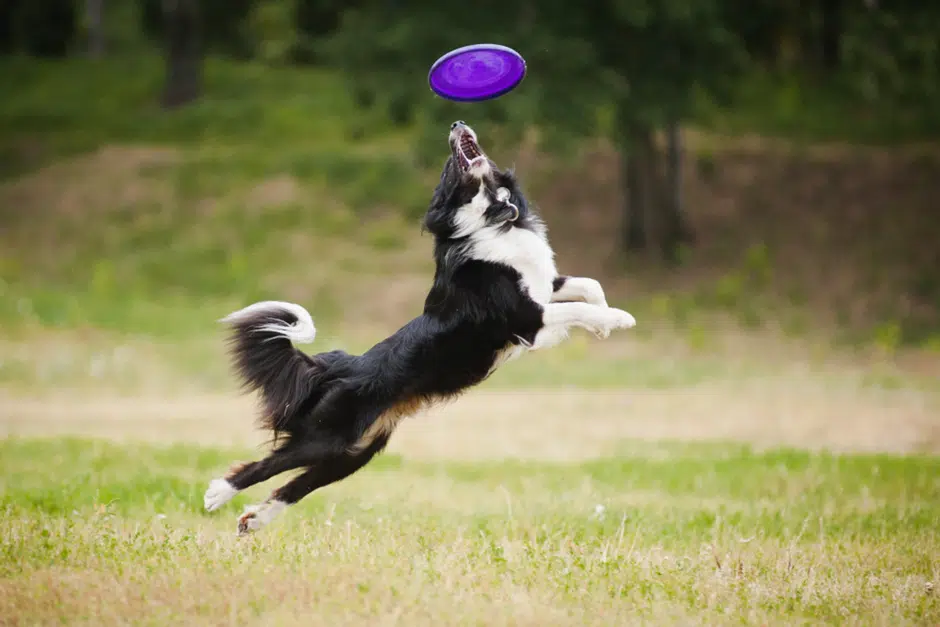
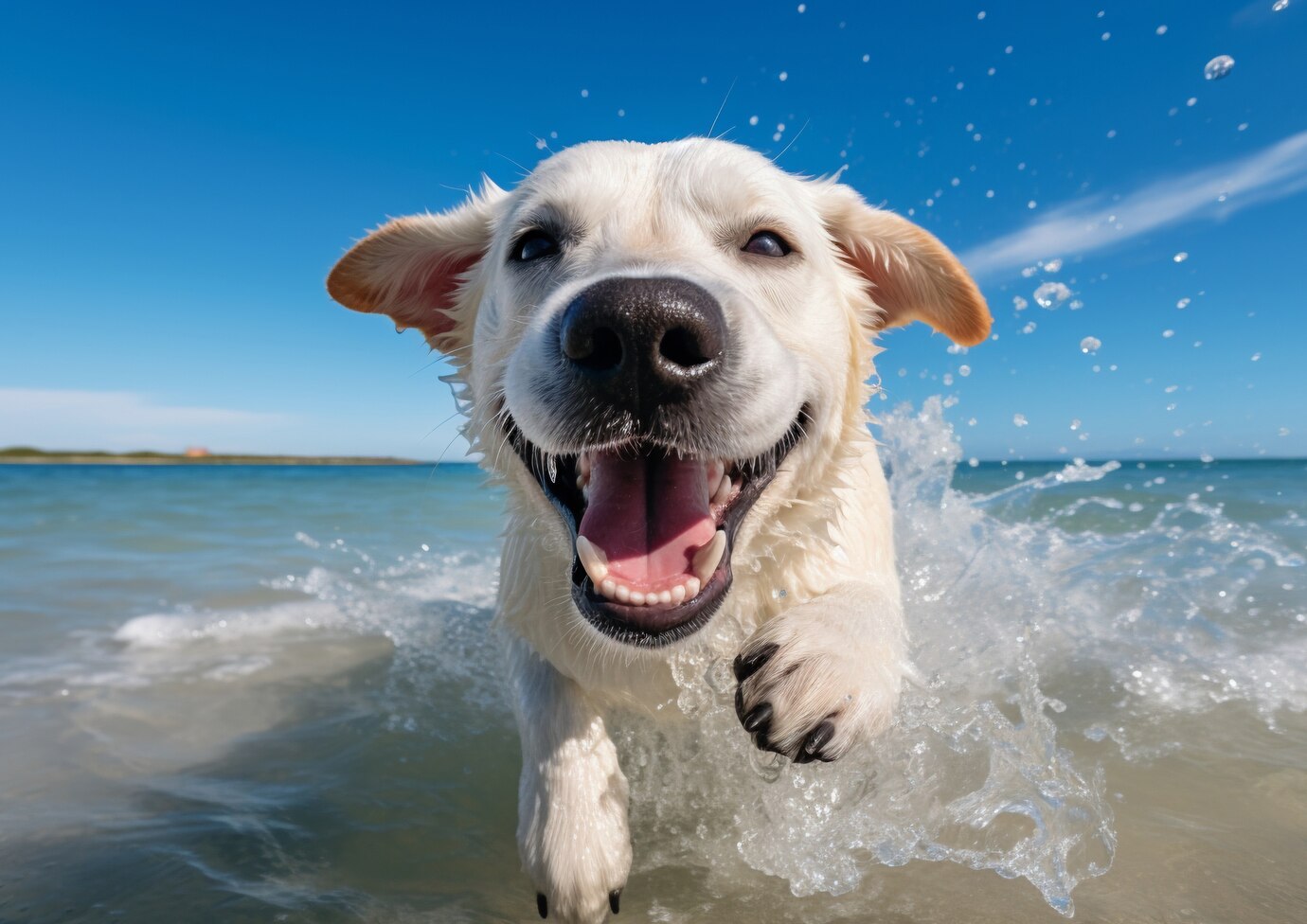



Get involved!
Comments